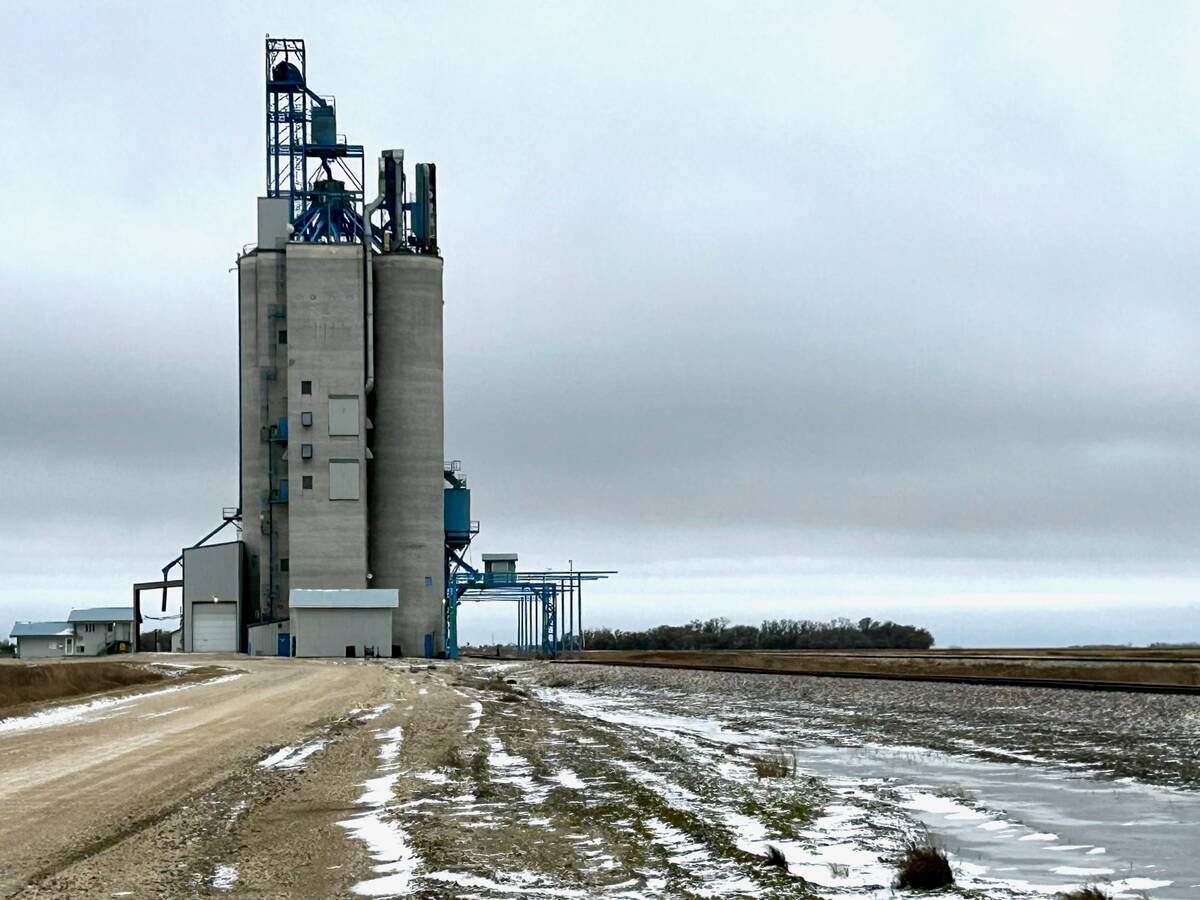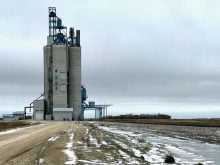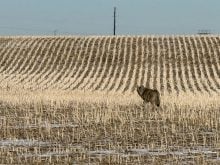Provincial agriculture departments are starting to release their 2005 crop planning guides and if farmers squint hard, they can find a nugget of good news in the documents Ñ crop input prices are forecast to remain fairly static.
Farmers may face higher costs for certain inputs but when all variable costs are totalled, their bills should be about the same as they were in 2004.
For instance, farmers who are direct seeding on stubble in Saskatchewan’s dark brown soil zone will pay slightly more to grow cereals and oilseeds and slightly less to grow pulses.
Read Also

Manitoba grain elevator ownership expands
Carman-based Linear Grain buys Fannystelle elevator from Bunge, another three elevators sold to Morden’s BP & Sons Grain and Storage Inc.
“There really isn’t anything that is going to stand out,” said Saskatchewan Agriculture economic analyst Joe
Novak.
The situation is similar in Manitoba where 2005 production cost guidelines for wheat, durum and feed barley look like carbon copies of the 2004 budget. There is only one major crop worth comment.
“Canola has gone up a bit,” said Manitoba Agriculture farm management specialist Peter Blawat.
Total operating costs for the oilseed are projected to reach $151.26 per acre, up three percent from 2004 levels mostly due to higher seed costs.
Alberta Agriculture crops economist Renn Breitkreuz hasn’t finalized his projections but he expects energy-related inputs like fuel and fertilizer to rise, driving up the costs of seeding.
“Many areas pulled off heavy crops (in 2004) and the soils might need extra fertility to produce an average crop,” he said.
Other than those two categories, Breitkreuz expects little change in 2005, although there are a few variables.
Novak said while herbicide, fertilizer, crop insurance, interest expenses and other input costs are projected to stay about the same, diesel is a notable exception.
Diesel fuel is forecast to average 59 cents per litre in 2005 compared to 45 cents per litre in 2004, a 31 percent increase.
That amounts to an extra $2 per acre for most crops for the 2005 growing season. By contrast, seed and fertilizer costs are expected to rise by half that amount.
When all the increments are added together for a high-input crop like canola, producers in Saskatchewan’s dark brown soil zone can expect to pay $121.90 per acre to direct seed their crop on stubble.
That is a $6.53 per acre increase over 2004 levels, said Novak.
However, isolating expenses is misleading due to what is happening on the other side of the crop production ledger where canola revenue is projected to fall $32.50 per acre, a 19 percent decline from 2004.
“The biggest impact is always on the revenue side and we’re going to see a big swing there,” said Novak.
He also pointed out that input costs have crept up steadily over time, which mitigates the year-over-year increases.
And he said each farmer faces different circumstances. For example, those who didn’t lock in fall seed and fertilizer prices could be facing price spikes come spring.
“Seed is going to be hard to find,” warned Novak.
Saskatchewan Agriculture’s 2005 Crop Planning Guides and Manitoba Agriculture’s Guidelines for Estimating 2005 Crop Production Costs can be viewed on their websites. Alberta Agriculture’s Cropping Alternatives of Production Costs and Returns should be online by mid-February.















